The demand for rice in the Chinese market is huge.
Mr. Nong Duc Lai - Commercial Counselor in China - said that China is a populous country and its people have the habit of eating rice every day. This habit has entered the culinary culture of the Chinese people, therefore, the demand for rice in this market is very large. However, China is also the country that produces and has the largest rice output in the world.
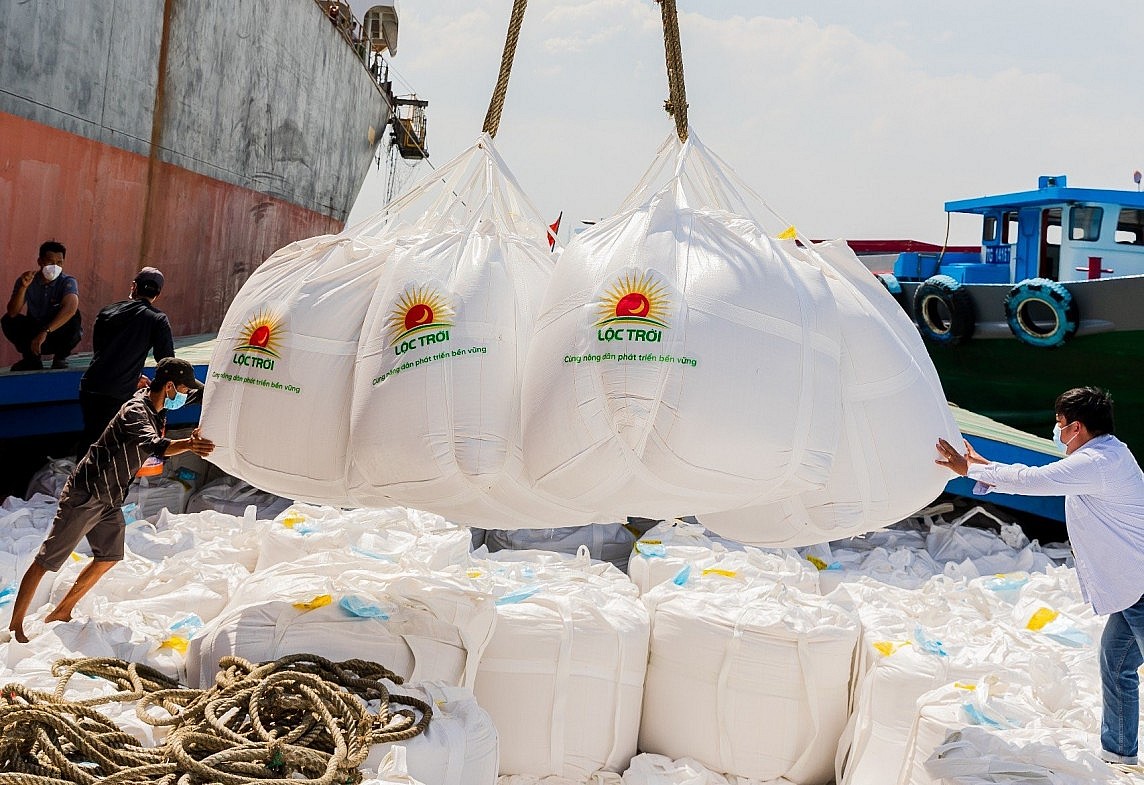 |
| In 2023, China will be Vietnam's third largest rice importer. |
According to the National Bureau of Statistics of China, from 2021 to now, the country's rice output has reached over 200 million tons/year, and since 2015, the output has exceeded 210 million tons/year. However, in the past 2 years, due to the impact of weather factors, the El Nino phenomenon has caused droughts and floods. In addition, the speed of urbanization is increasingly widespread, the rice cultivation area has decreased, leading to a decrease in rice output in recent years compared to previous years.
According to the China Agricultural Outlook Report for the period 2022 - 2031 of the Market Forecast Expert Council - Ministry of Agriculture and Rural Affairs of China as well as a number of reports from a number of independent research organizations, China's rice consumption has reached 150 million tons since 2020 and has maintained a continuous growth rate until now, of which the rice consumption structure is as follows: 74.5% is used as food for people; 12-14% is used in the animal feed industry; rice for the processing industry (starch production, alcohol production) accounts for about 8%.
Regarding rice trade, China used to be a major rice exporter, with exports often exceeding imports. However, a few years after China became a member of the World Trade Organization (WTO) (in 2001), China's rice exports gradually decreased and, conversely, imports increased more than exports. However, in recent years, China's rice exports have gradually increased again.
To protect domestic rice production, China has also issued measures to manage tariff quotas for a number of agricultural products, including rice. Since then, China's rice quota has remained at 5.32 million tons/year.
Since 2012, according to Chinese Customs data, although the quota was 5.32 million tons, there has not been a year when the import quota was exceeded. However, in 2022, China's imports exceeded the quota and reached 6.19 million tons.
But in 2023, China's rice imports fluctuated strongly, reaching only 2.63 million tons, down 75% in quantity and 45.8% in value compared to 2022.
Analyzing the reasons for this sudden decrease, Mr. Nong Duc Lai commented that, firstly, it was due to the exchange rate difference between the Chinese Yuan and the US dollar. Secondly , it was due to the impact of some policies restricting food exports in general and rice exports of some countries, including India, which affected China's rice imports. Because India is one of China's major rice export partners. In 2022, India's rice exports to the Chinese market accounted for nearly 2/3 of the country's total rice imports.
Third, the proportion of broken rice imports to replace some raw materials such as corn and wheat used in animal feed production has returned to normal levels.
“Normally, every year, the proportion of broken rice imports in China's rice imports accounts for about 30%, however, in 2021 and 2022, this proportion increased to more than 50% and even nearly 60%,” said Mr. Nong Duc Lai.
Fourth, world rice prices have increased over the past year, making the price difference between China's rice and foreign rice less attractive to importers.
And recommendations for businesses Vietnamese
It is forecasted that in 2024, the rice import signal of the Chinese market is very positive and tends to increase again due to many factors.
Firstly, it comes from the domestic market itself, because in the past 3 years, China's rice growing area has continuously decreased below 30 million hectares (in 2023 it will be only more than 28 million hectares (currently China is maintaining a rice growing area of over 30 million hectares)), rice output has also decreased continuously in the past 2 years, while consumer demand is forecast to maintain a slight increase (about 150 million or over 150 million tons of rice).
Second , last year, the Chinese government attached great importance to the issue of food security, which was always emphasized in conferences, and there were even conferences that discussed this issue separately.
The 7th Session of the Standing Committee of the 14th National People's Congress of China passed the new Food Security Law at the end of 2023, which is expected to take effect from June 1, 2024. This is an important national move by China to ensure a stable supply of grain and related products and enhance food security in the face of external market uncertainties. Therefore, China will maintain reasonable rice imports to ensure that it makes up for domestic rice shortages.
External factors, the impact of India's rice export restriction policy as well as the disruption of the supply chain due to geopolitical impacts, and increased transportation costs, will make China seek rice supply markets in the Southeast Asian region.
To increase opportunities for exporting rice to the Chinese market, Mr. Nong Duc Lai recommends that businesses closely follow and update market information, promptly grasp the latest movements of the importing country market, respond promptly as well as seize opportunities.
At the same time, promote and diversify trade promotion activities to penetrate potential areas of your country to expand exports in this billion-people market.
“Previously, Beijing imported a very low proportion of rice from Vietnam, in 2022 it was only less than 10%, however, in 2023, this number increased to 33%. In 2023, Beijing imported more than 370 million USD worth of rice, of which imports from Vietnam reached 122 million USD. This is the reason why we can research and penetrate potential markets such as Beijing, or some markets in the Southwest region,” Mr. Nong Duc Lai shared.
In addition, it is necessary to promote and take advantage of Vietnam's advantages in the Chinese market. Because in recent years, we have established a good traditional trading relationship with this market. At the same time, maintain the proportion of Vietnamese rice in the total import of the Chinese market. In terms of turnover proportion, on average, in the past 10 years, the proportion of Vietnamese rice in the total import of China accounts for 36 - 37%. This is a fairly high figure compared to other countries exporting to this market.
“Fragrant rice, premium rice, and ST rice are popular rice lines in the Chinese market, so businesses also need to maintain, promote, and expand, thereby building a brand for Vietnamese rice products in the Chinese market,” Mr. Nong Duc Lai emphasized.
According to statistics from Vietnam Customs, in 2023, China will be Vietnam's third largest rice importer (down 1 place compared to 2022 and behind the Philippines and Indonesia), accounting for about 11% of the country's total rice export volume and turnover. Accordingly, Vietnam exported 917,255 tons with a turnover of about 530.6 million USD (average price 578 USD/ton; slightly higher than the two partners above with 559 USD and 549 USD/ton). |
Source






























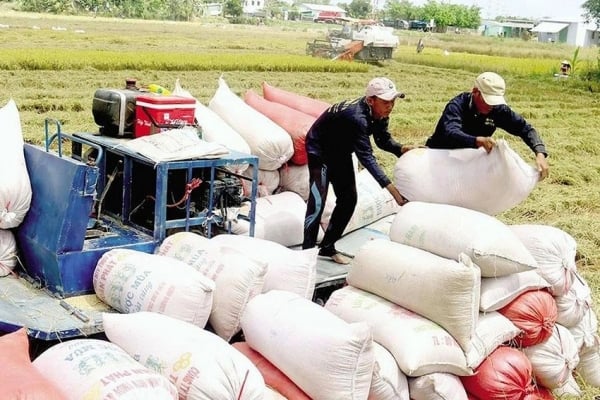
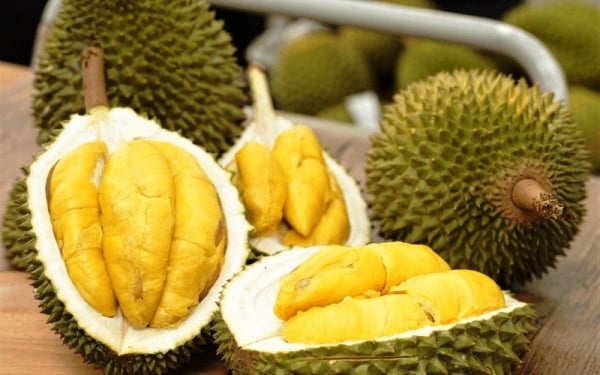
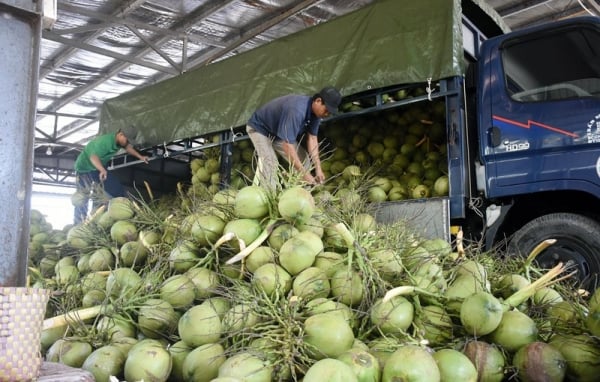
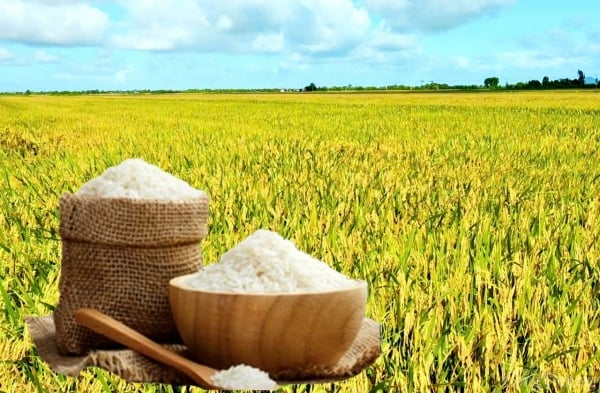
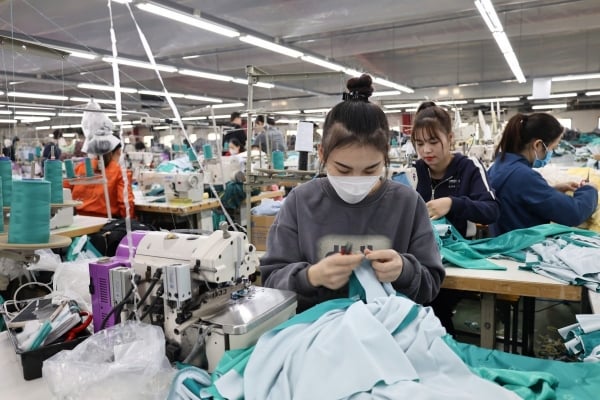
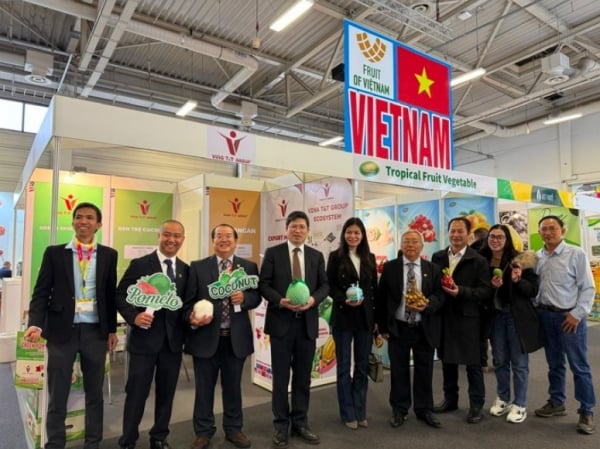
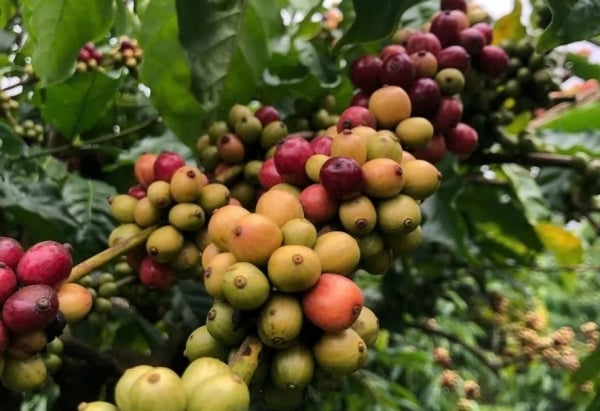




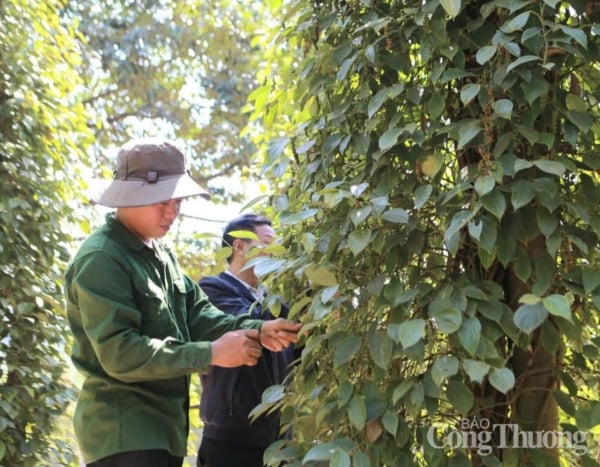
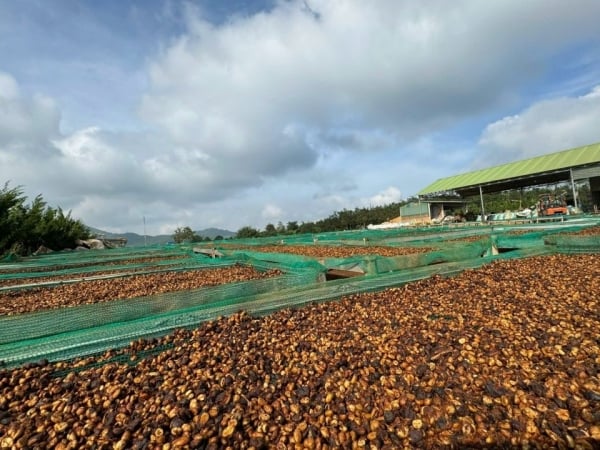

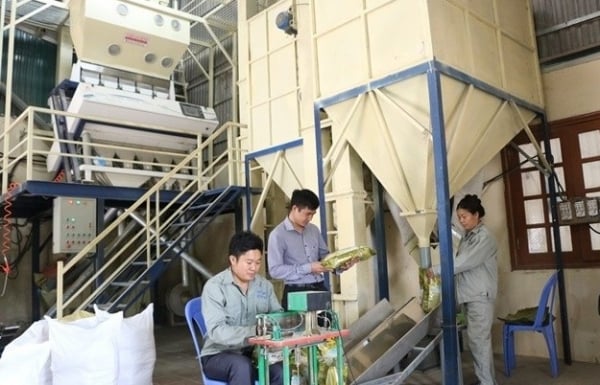















Comment (0)